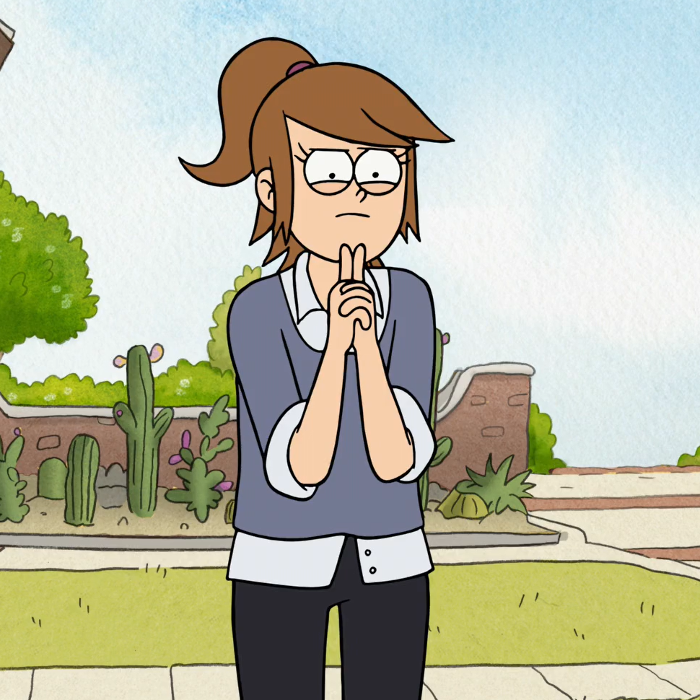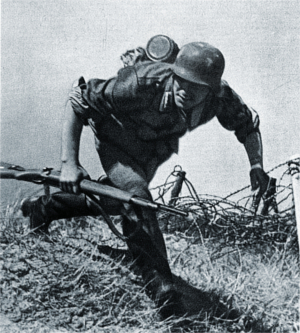Quoting Robert Paxton’s Vichy France: Old Guard and New Order 1940–1944, page 332:
At the same time, important elements of the Vichy régime survived. On the surface, there were striking reappearances. Three associates of Pétain, including his lawyer Jacques Isorni and former staff member Roger de Saivre, were elected to the Chamber in 1951. The conspicuous diminution of purging zeal after 1950 was followed by a general amnesty in 1953, allowing others to return to public life. Fourteen former Vichy officials sat in the French parliament by 1958. René Coty, elected president of the republic in 1953, had voted “yes” in July 1940.
During that same year two former Vichy officials became ministers: André Boutemy, former Vichy prefect, became minister of health, and Camille Laurent, former official of the Peasant Corporation, became minister of agriculture. The Académie Française, which had expelled Abel Hermant and Abel Bonnard in 1945 and left the seats of Pétain and Maurras unfilled until their deaths, elected Vichy intellectuals Jacques Chardonne (1950), Thierry‐Maulnier (1955), and Henri Massis (1960) in the following decade. Jean‐Louis Tixier‐Vignancourt, director of the Vichy radio in 1940, received over a million votes as a presidential candidate in December 1965.
The important survivals lay under that more conspicuous surface, however. With much less fanfare, whole sectors of Vichy personnel and policies continued to function after the Liberation.
(Emphasis added. Note that in some cases, Axis collaborators were not put on trial until the 1990s.)
Fascism also had diuturnal effects on Algeria, which was France’s property at the time. Quoting Luc‐André Brunet in North Africa and the Making of Europe, page 38:
The survival of Vichy’s Organisation Committees, their absorption into the Monnet Plan and their serving as a model for components of the ECSC presents a striking case of institutional continuity across régime change and the launch of the European project.

